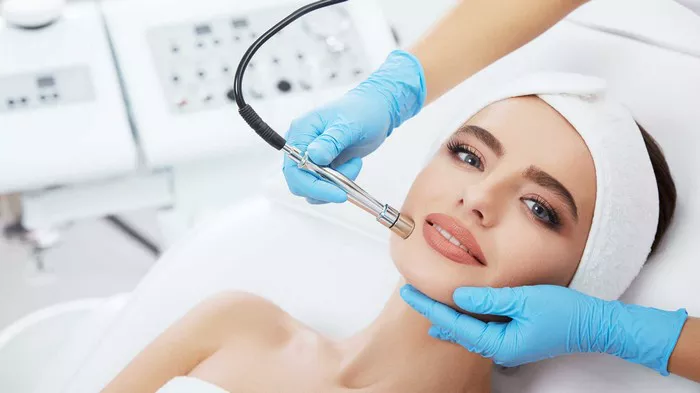Microdermabrasion is a non-invasive cosmetic procedure that exfoliates the skin and promotes cell turnover, resulting in smoother and more youthful-looking skin. This popular treatment offers numerous benefits, including improved texture, reduced hyperpigmentation, and diminished fine lines and wrinkles. However, to achieve optimal results, it is crucial to determine the appropriate frequency of microdermabrasion sessions.
In this article, we will explore the factors affecting the frequency of microdermabrasion treatments, discuss potential risks and side effects, and provide guidelines on how often individuals can undergo the procedure to achieve the best possible outcomes.
1.Factors Influencing Frequency
Several factors influence the ideal frequency of microdermabrasion sessions for individuals seeking the best results. These factors include skin type, concerns addressed, and individual goals.
Skin Type: Individuals with sensitive or thin skin should space out their microdermabrasion sessions to prevent excessive irritation or damage. On the other hand, those with thick or resilient skin may tolerate more frequent treatments.
Concerns Addressed: The severity of skin concerns plays a role in determining the frequency of microdermabrasion sessions. Mild issues, such as uneven skin tone or minor texture irregularities, may require fewer treatments than more significant concerns like deep wrinkles or acne scars.
Individual Goals: Each person’s desired outcome can impact the frequency of microdermabrasion. Those aiming for noticeable improvements quickly may opt for more frequent sessions, while others seeking gradual enhancements might choose less frequent treatments.
2.Recommended Frequency Guidelines
While there is no one-size-fits-all answer, here are some general guidelines regarding the recommended frequency of microdermabrasion treatments:
Maintenance Phase: For individuals looking to maintain healthy skin and address minor concerns, it is advisable to undergo microdermabrasion sessions every 4-6 weeks. This interval allows for a consistent exfoliation routine without overwhelming the skin.
Targeted Concerns: If focusing on specific skin issues such as hyperpigmentation or acne scarring, treatments may be scheduled closer together. Depending on the severity of the concern and the individual’s skin response, sessions can be spaced 2-4 weeks apart.
Deep Wrinkles and Scarring: To achieve noticeable improvement in deep wrinkles or scars, more frequent sessions may be necessary. In these cases, treatments can be performed every 1-2 weeks initially, gradually reducing frequency as desired results are achieved.
Sensitive Skin: Individuals with sensitive skin should exercise caution and schedule sessions further apart, around 6-8 weeks. This spacing allows the skin to recover fully between treatments, minimizing the risk of adverse reactions.
Consultation with a Professional: It is essential to consult with a qualified dermatologist or skincare professional who can assess your specific needs and recommend an optimal treatment frequency tailored to your skin type, concerns, and goals.
3.Risks and Side Effects
While microdermabrasion is generally safe, there are potential risks and side effects associated with the procedure. Understanding these is crucial when considering treatment frequency:
Skin Sensitivity: Microdermabrasion can cause temporary redness, sensitivity, or mild swelling immediately after the session. Over-exfoliation due to excessive treatment frequency can exacerbate these side effects.
Sun Sensitivity: Freshly exfoliated skin is more susceptible to sun damage. Use sunscreen and avoid prolonged sun exposure following microdermabrasion to minimize the risk of pigmentation issues.
Irritation and Breakouts: Aggressive or frequent microdermabrasion treatments can irritate the skin and lead to breakouts, particularly for individuals prone to acne or with sensitive skin.
Skin Barrier Damage: Excessive exfoliation can compromise the skin’s natural barrier, leading to dryness, flakiness, and increased sensitivity. Proper hydration and moisturization are essential to counteract these effects.
Conclusion
Microdermabrasion is an effective cosmetic procedure for improving skin texture and addressing various concerns. Determining the optimal frequency of treatments depends on factors such as skin type, concerns addressed, and individual goals. Following general guidelines and consulting with a skincare professional will ensure the best results while minimizing potential risks and side effects. Remember, consistency and patience are key, allowing the skin to heal and adjust between sessions. By customizing the treatment schedule and maintaining good skincare practices, individuals can achieve the desired outcomes and enjoy the benefits of smoother, more radiant skin throughmicrodermabrasion.


